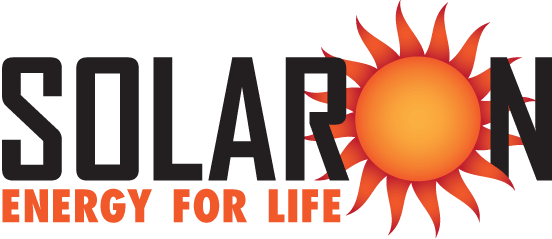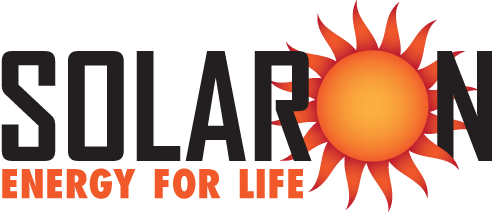
Most of the electrical power generated in California today comes from large facilities that distribute the power to local homes and businesses. The facilities use massive mechanical systems that convert nuclear, chemical, or kinetic energy into electrical energy. But energy is not the only thing these mechanical systems generate. As a byproduct, they also generate large amounts of noise.
Now, many people get concerned over how much gas and smoke pollution is created by power plants, and rightfully so. But to the average Californian, the noise pollution they generate doesn’t come to mind – until you visit one of these utility plants, and then you can’t think of anything else. Components like boilers, turbines, fans, pumps and transformers hum and blare at levels that local county or city government jurisdictions must regulate. Granted, the noise dissipates over long distances, but if you unfortunately live near one of these facilities, you must deal with this noise pollution.
How Much Noise to Make Electricity?
For a quick comparison, here are some statistics about the noise generated by energy production:
- A wind turbine is typically placed at least 300 meters away from the nearest residence. At this distance, the turbine generates 43 decibels. For reference, the average air conditioner generates about 50 decibels, and most refrigerators create 40 decibels.
- Standby gas generators are rarely soundproofed. When used, they typically generate noise in the 65 to 80 decibel range.
- A 50 kilowatt diesel generator can produce up to 85 decibels — about the same level as midday city traffic, which is not conducive to sleep at night!
- Coal-based thermal power plants create 90 to 95 decibels — just short of a jackhammer’s noise.
- Though typically situated deep within concrete structures and far from communities, the noise coming from a hydroelectric turbine pit can exceed 100 decibels at a constant level.
How about Solar Power Plants?
Generating electricity from photovoltaic cells is a photovoltaic reaction, not a mechanical process involving spinning turbines. Residential solar panel systems and solar farms do not have any moving components that generate noise. A solar farm in a rural area can have a sound level as low as 25 to 30 decibels. By some estimations, that’s no louder than a soft whisper at 2 meters away! A solar panel system on your home generates far less noise, if any sound — and it’s usually on the other side of your insulated walls.
Now, imagine if many of the electrical generators and power plants in use today were replaced by photovoltaic systems and power plants. How much quieter would your neighborhood be? Or, to use an analogy, would you rather have the roaring, rumbling motors of muscle cars and motorcycles going off into the night only a few doors down your street, or an entire community of whispering electric vehicles instead?
Silence Is Golden
Sure, it will take time and effort for all of California to reduce or even replace traditional electric power plants with renewable energy sources like solar. But you can do your part now. Let Solaron give you a free solar analysis of your home by calling us or scheduling an appointment online. In so doing, you can enjoy peace and quiet — peace of mind, and the quiet of solar power. When you hear the sound of solar, you hear the sound of silence.

